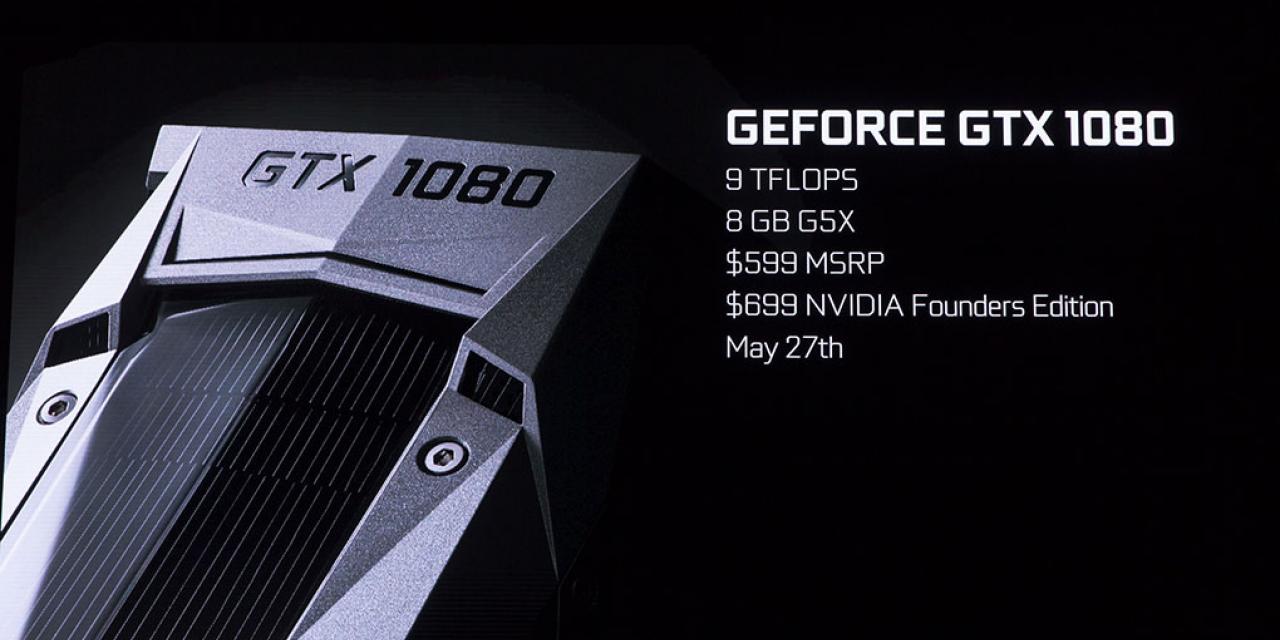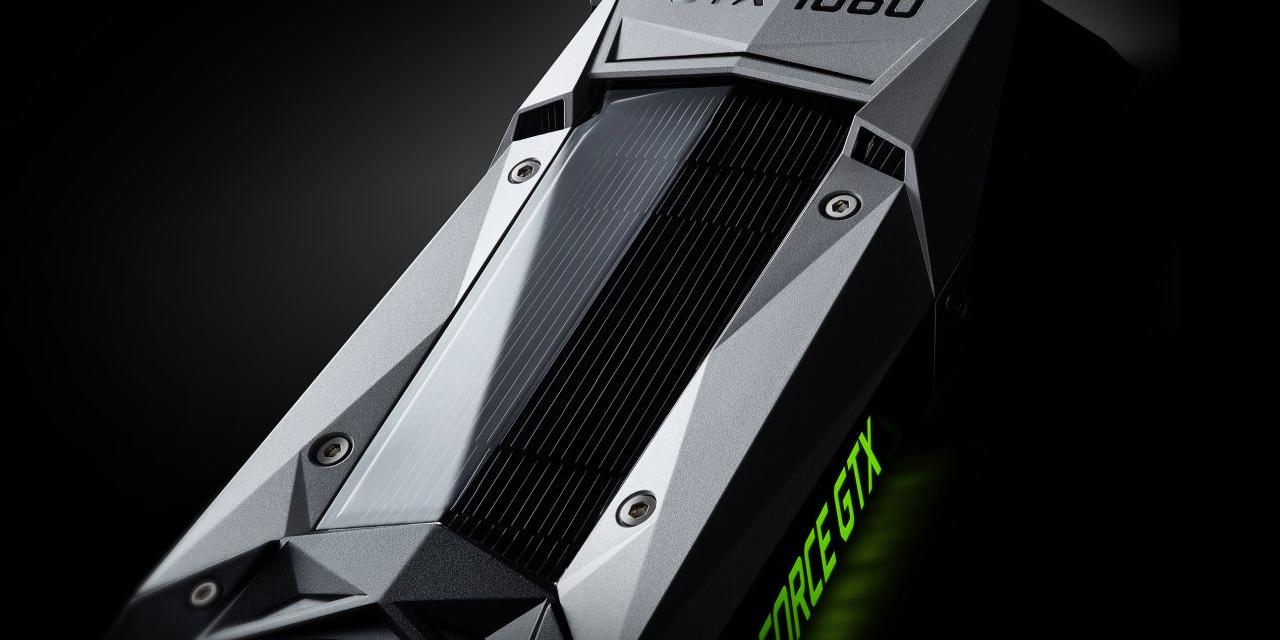

NVIDIA CEO Jen-Hsun Huang unveiled the first gaming GPU based on Pascal architecture: the GeForce GTX 1080.
Speaking at the DreamHack gamer gathering in Austin, Texas, Huang boasted that NVIDIA's newest gaming GPU delivers 2x the performance and 3x the efficiency of its overpriced performance champion, the TITAN X. "It’s insane. The 1080 is insane, It’s almost irresponsible amounts of performance," he exclaimed.
"Several thousand people have been working on this project now for more than two years. This is the largest GPU endeavor, the largest chip processor endeavor, in the history of humanity. The R&D budget was several billion dollars," he added.
The GTX 1080 is the first gaming GPUs designed for the 16nm FinFET process. It is fitted with 8GB GDDR5X memory and its GPU runs at 1700 MHz while consuming 180 watts of power.
To show what Pascal makes possible, Epic Games CEO Tim Sweeney took the stage to show next generation character models with lifelike hair and skin and richly detailed clothing and armor. Huang noted that they the demoes were rendered on a GTX 1080 running at more than 2000 MHz, and a temperature of just 67 degrees centigrade. The only faster GPU is a Maxwell GPU immersed in liquid nitrogen," he bragged.
The NVIDIA GeForce GTX 1080 "Founders Edition" will be available on May 27th for $699. Custom boards from partners will vary by region and pricing is expected to start at $599. The NVIDIA GeForce GTX 1070 "Founders Edition" will be available on June 10th for $449. Custom boards from partners are expected to start at $379.
AMD plans to release its Polaris GPU within the next few weeks. To the best of our knowledge, the Polaris 10 card will outperform the GeForce 980 but it is unlikely to match the performance gains NVIDIA claims for the GTX 1080. Sources close to AMD indicated that Polaris 10 would be priced around $399, so it looks like NVIDIA's nemesis is content with competing in the mid-range sector. According to AMD's roadmap, Polaris will be succeeded by a more powerful Vega GPU early in 2017. Perhaps AMD will give NVIDIA the run for its money then.








